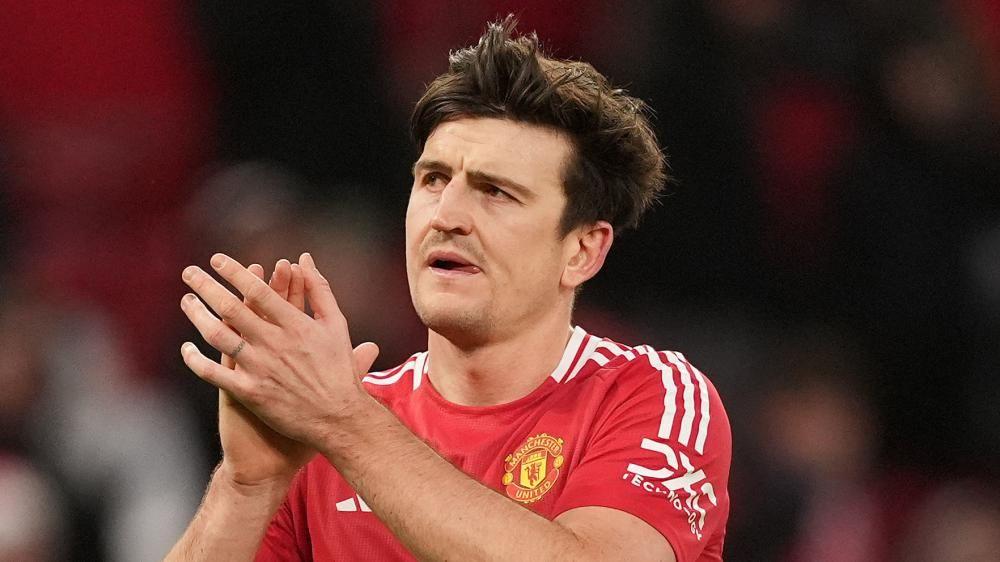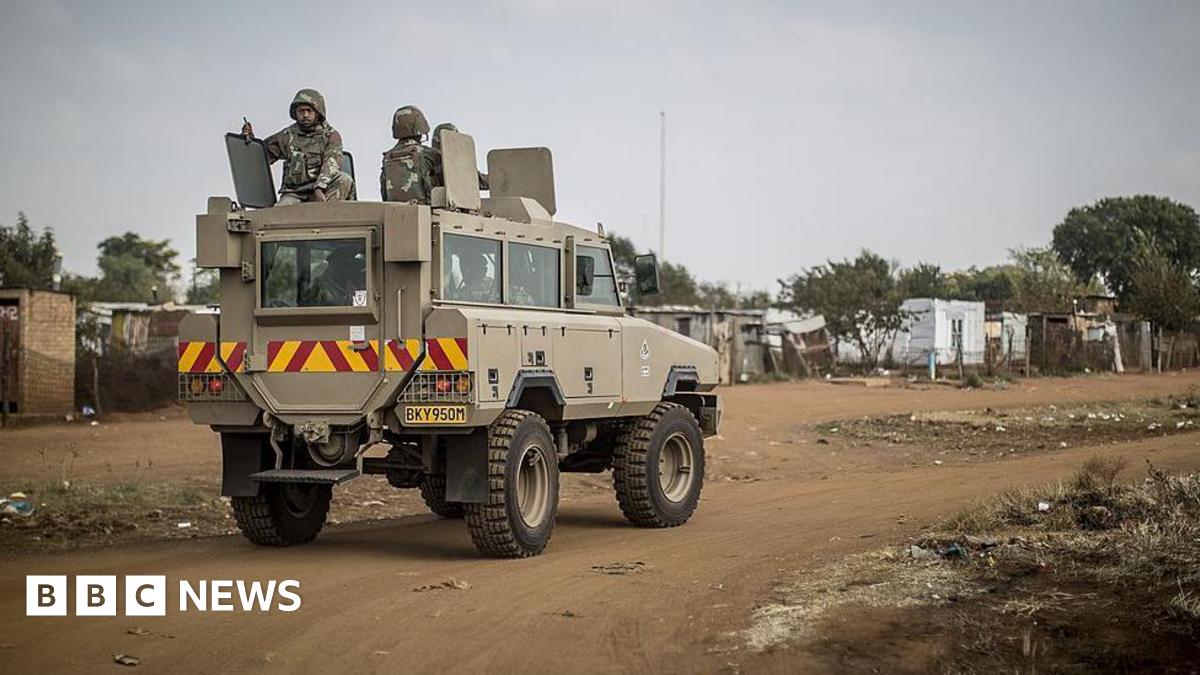England and Manchester United footballer Harry Maguire has sent a message to a 14-year-old who was diagnosed with a brain tumour at the end of last month.
Max from Corby, Northamptonshire, went into hospital just six days after his birthday and…

England and Manchester United footballer Harry Maguire has sent a message to a 14-year-old who was diagnosed with a brain tumour at the end of last month.
Max from Corby, Northamptonshire, went into hospital just six days after his birthday and…

England and Manchester United footballer Harry Maguire has sent a message to a 14-year-old who was diagnosed with a brain tumour at the end of last month.
Max from Corby, Northamptonshire, went into hospital just six days after his birthday and…

 Chloe Lucas
Chloe LucasA nurse said she wept in delight after a pair of Highland cows she brought to Essex fell pregnant.
Chloe Lucas, 39, gathered a small herd of the animals in Wickford as a…

A woman has used Lego bricks to recreate a miniature version of the Cambridgeshire village she lives in.
Jo Thompson, from Linton, has been building her brick spectacle since September and included landmarks known to locals.
She started making…

LAHORE: Pakistan has ‘revised’ net metering policy for solar consumers across the country, ARY News reported on Sunday, citing sources.
The net metering policy was revised following consultations with key stakeholders, and has been approved…

9pm, Sky Atlantic
This breathless romp, adapted by Joe Barton from Peter Shaffer’s play, casts the 18th-century Viennese court as a place of intrigue, power games and debauchery. Into this milieu arrives a prodigy, Wolfgang Amadeus Mozart…

By examining DNA preserved in decades-old air samples collected by the Swedish Armed Forces, scientists at Lund University in Sweden have uncovered clear evidence that the seasonal release of spores by northern mosses has changed dramatically…

By examining DNA preserved in decades-old air samples collected by the Swedish Armed Forces, scientists at Lund University in Sweden have uncovered clear evidence that the seasonal release of spores by northern mosses has changed dramatically…

South African police say a manhunt is under way after a shooting at a tavern left nine people dead and another 10 injured in a township near Johannesburg.
They say about 12 unidentified gunmen arrived in two cars in Bekkersdal, “opened fire at…